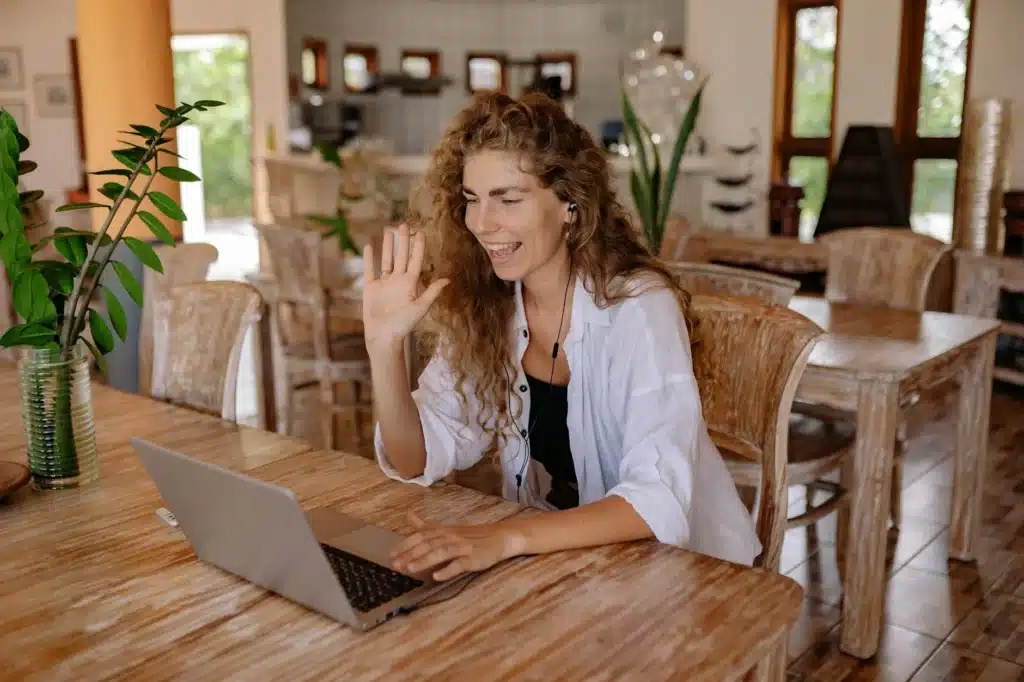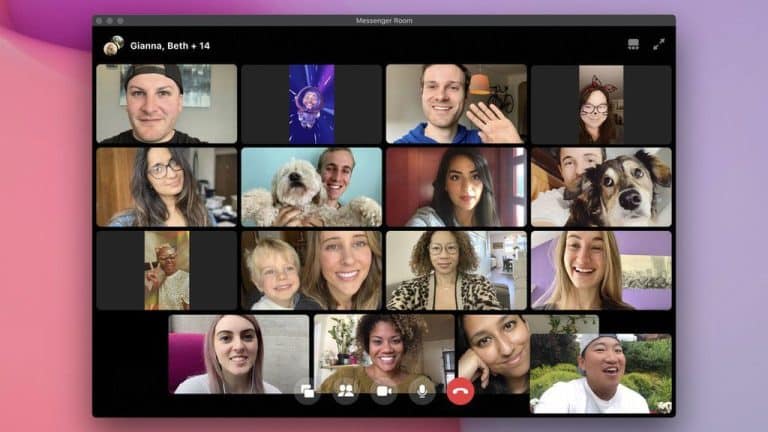In today’s virtual world, where video chats have become the norm, the ability to decipher non-verbal cues is paramount. Beyond the pixels on the screen lies a treasure trove of unspoken messages that can significantly impact the outcome of your virtual interactions.
Understanding body language and facial expressions is not just a nice-to-have skill; it’s a necessity for effective communication in online environments. From subtle gestures to nuanced facial cues, each non-verbal signal plays a crucial role in conveying emotions and intentions in video chats.
As you navigate the digital realm of video conferencing, being able to decode these non-verbal cues can enhance your communication prowess and help you build stronger connections with your virtual counterparts. Stay tuned as we delve into “Beyond the Webcam: 5 Non-Verbal Cues to Watch for in Video Chats” and unravel the secrets hidden in the virtual body language landscape.
The Role of Non-Verbal Cues in Video Chats
Non-verbal cues play a significant role in video chats, enriching communication beyond spoken words. Understanding these cues can enhance the quality of virtual interactions and help in decoding underlying emotions and intentions.
Body Language Signals
During video chats, observing body language signals can provide valuable insights into the other person’s engagement level. For instance, a slouched posture may indicate disinterest, while leaning in or nodding can show active participation. Hand gestures, such as excessive fidgeting or hand movements, might convey nervousness or excitement. Being attentive to these cues can help in gauging the emotional tone of the conversation and adjusting accordingly.
Facial Expressions and Microexpressions on Video Chats
Facial expressions and microexpressions are particularly crucial in interpreting emotions during video calls. Subtle changes in facial expressions, like a slight frown or a quick smile, can reveal a person’s true feelings. Microexpressions, fleeting facial movements that last less than a second, could expose underlying emotions that someone might be trying to conceal. Being attuned to these nuances allows for a deeper understanding of the emotional dynamics at play in the conversation.
In the dynamic realm of video chats, non-verbal cues serve as the silent messengers that complement verbal communication. By being mindful of body language, facial expressions, and gestures, participants can navigate virtual interactions with heightened sensitivity and empathy, fostering genuine and meaningful connections in the digital space.
Learn more about decoding non-verbal cues in video chats.
Key Non-Verbal Cues to Watch for in Video Chats
In the realm of video chats, where words sometimes fall short, non-verbal cues play a vital role in understanding the nuances of communication. Here are five specific cues that can significantly impact your virtual interactions.
Video Chats: Eye Contact and Gaze
Maintaining eye contact and deciphering gaze direction in video calls can be telling of engagement and rapport. A steady gaze towards the camera lens enhances the perception of attentiveness and connection, mirroring face-to-face interactions. Be mindful of eye movements to gauge interest and involvement during virtual conversations.

Posture and Body Movements
Observing posture and body movements offers insight into the comfort and engagement levels of participants in video chats. A relaxed posture and subtle movements indicate attentiveness, while fidgeting or slouching might signal disinterest. Pay attention to these non-verbal signals to better understand the dynamics of the conversation.
Tone of Voice and Pitch
The tone of voice and variations in pitch can convey a spectrum of emotions and intentions in virtual discussions. A warm and steady tone signifies friendliness, whereas abrupt pitch changes might indicate excitement or concern. Listen closely to vocal cues to grasp the underlying sentiments of the speaker.
Hand Gestures and Facial Expressions
Hand gestures and facial expressions amplify communication in video chats, adding depth to the conversation. Positive gestures like nodding or smiling enhance engagement, while crossed arms or frowns may indicate disagreement or discomfort. Pay attention to these visual cues to grasp the unspoken elements of the dialogue.
Video Chats: Personal Space and Proximity
Understanding personal space and proximity in virtual interactions is crucial for maintaining a sense of closeness without invading boundaries. Adjusting camera angles and distance can influence how non-verbal cues are perceived, ensuring a comfortable and respectful exchange during video calls.
Enhancing Communication Through Non-Verbal Awareness
In video chats, communication goes beyond words. Understanding and leveraging non-verbal cues can greatly enhance the effectiveness of your interaction. By being attentive to these subtle signals, you can improve your ability to connect with others and convey your message more clearly.
Pay Attention to Facial Expressions
Non-verbal cues in video chats are often reflected through facial expressions. A smile can convey warmth and openness, while a furrowed brow might indicate confusion or concern. By observing these facial expressions, you can better gauge the other person’s emotions and respond accordingly.
Use Gestures to Emphasize Points
Gestures play a crucial role in non-verbal communication. In video chats, using hand gestures can help emphasize your points and make your message more engaging. However, be mindful of the camera frame to ensure your gestures are visible without being distracting.
Maintain Eye Contact for Connection
Eye contact is a powerful non-verbal cue that signifies attentiveness and connection. During video chats, make an effort to maintain eye contact by looking directly into the camera. This simple gesture can convey sincerity and actively engage the other person in the conversation.

Pay Attention to Posture and Body Language
Posture and body language can reveal a lot about a person’s mood and level of engagement. Sit up straight and maintain an open posture to convey confidence and attentiveness. Avoid slouching or crossing your arms, as these gestures can signal disinterest or defensiveness.
Observe Tone of Voice and Rate of Speech
In video chats, non-verbal cues also extend to tone of voice and rate of speech. A friendly tone and moderate pace can help create a comfortable atmosphere and enhance communication. Pay attention to fluctuations in pitch and volume to better understand the speaker’s emotions.
By honing your awareness of non-verbal cues in video chats, you can significantly improve your communication skills and build stronger connections with others. Practicing mindfulness and actively integrating these cues into your interactions can contribute to more effective and meaningful conversations.
Conclusion
In the virtual world of video chats, non-verbal cues play a crucial role in understanding the complete message being conveyed. While the webcam may capture words, it’s the subtle gestures, expressions, and body language that truly reveal the underlying emotions and intentions. By honing your skills in observing and interpreting these non-verbal cues, you can elevate your virtual communication game to a whole new level.
Remember, a raised eyebrow could signal curiosity, a slight smile might indicate agreement, and leaning forward could show interest. Practice paying attention to these nuanced signals during your video chats to decipher the unspoken language that often speaks volumes. So, next time you’re in a video call, go beyond the webcam and dive into the fascinating world of non-verbal communication. Your newfound ability to read between the pixels will surely set you apart in the virtual realm!



